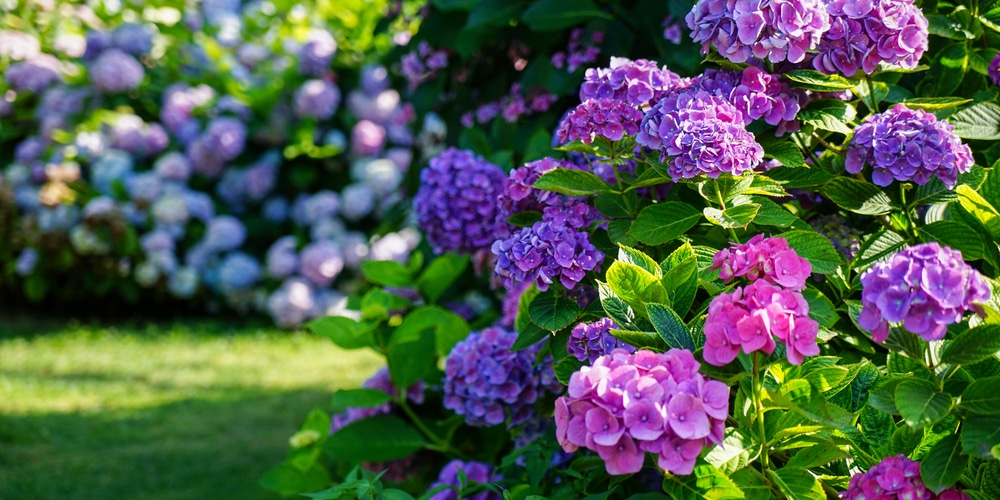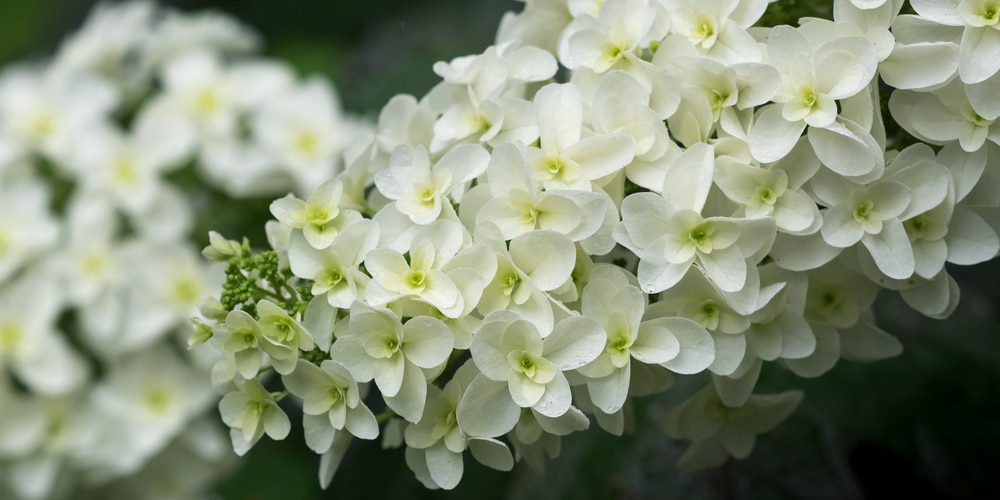Hydrangeas are not the usual plants we commonly associate with the weather you get in Arizona. These stunning and delicate-looking flowering plants do best in mild temperatures and don’t like dry conditions. But despite their delicate looks, these shrubs are not particularly hard to grow.
With proper care, they are prolific and will produce blooms for a long season (spanning from spring to early fall). You can find them in different shapes, colors, and sizes: you won’t have issues finding one that suits your taste! If you like these plants and are thinking about adding them to your garden, you are in the right place.
Besides being easy to grow and maintain, these plants are hardy and resistant to most pests and diseases. So, they are an ideal option for beginner gardeners (or for people with little time to spend in their yard!). But do hydrangeas grow in Arizona? And what can you do to recreate the optimal conditions for their development? Keep reading to find out!
Usually, hydrangeas grow best in USDA hardiness zones between 3 and 8. But don’t despair: if you’d like to plant these shrubs in warmer regions (like Arizona, which falls under zones 5-10), all you have to do is take measures to protect them from extreme temperatures and dryness. But jump to the following sections to learn more about growing Hydrangeas in Arizona.
Do Hydrangeas Grow in Arizona?

Let’s get straight to the core of the question: yes, you can grow hydrangeas in Arizona. However, you’ll have to pay attention to your plants’ needs to have them thrive. Indeed, hydrangeas (like any other plant) need adequate nutrients, water, and sunlight to grow effectively.
Plant them in the shade (or partial lighting, depending on where you live in Arizona) to minimize the risk of burnt leaves and excessive dryness. Hydrangeas don’t mind the direct sun but might struggle under the harsh rays of the afternoon. Plus, they prefer moist conditions. To improve water retention and drainage, don’t forget to add mulch around your plants! The layer should be about three inches thick to get effective results.
Keep in mind that while moving your plants in the shade might have them survive even at higher temperatures, inadequate lighting might cause a reduced bloom production. Don’t forget that surviving is different than thriving. Blooms will last longer if they get a couple of hours of sunlight in the morning. But protect your plants in the afternoons to avoid issues caused by the high temperatures.
You might think that planting your hydrangeas under a tree will provide the perfect lighting conditions, but doing so might cause unnecessary competition for nutrients and water. Also, don’t forget to protect your plants from the harsh winds. To prevent leaves and flowers from tearing (which will cause stress to your plants), consider placing them next to a wall or adding a windshield.
But how can you make the most out of your hydrangeas plant? Jump to the next section to learn about our tips and recommendations!
Growing Hydrangeas in Arizona: Our Tips
Selecting an ideal location is crucial to ensure your hydrangeas will grow well in your garden. But it is not enough. You must also pay attention to the soil and watering schedule.
Consider planting your hydrangeas in a rich, well-draining, organic substrate for best results. Drainage must be excellent: these plants like moisture but will struggle in soggy conditions, which might cause root rot and attract fungal infections that might damage (or eventually kill) your plants.
Water your plants regularly: add about one inch of water per week during the growing season and increase frequency during the summer, when temperatures rise, causing the soil to dry faster. Consider watering your plants deeply three times per week to encourage root growth.
You can also use fertilizer to boost your plants’ growth and blooms’ production. Make sure you select a product suitable to your variety. Don’t forget that each species might have different requirements and benefit from different application timing.
In Arizona, you might struggle with pests: the warm temperatures attract them. To prevent that problem, choose cultivars with resistant traits. To further minimize risks, consider pruning your plants to allow for adequate airflow.
Do Hydrangeas Grow in Arizona?: The Bottom Line
So, as you can see, you might be able to grow hydrangeas in Arizona. However, depending on where in the state you live, you might have to take different measures. Follow the tips we included in this essential guideline, and you shouldn’t have problems with these stunning flowering shrubs!
Related Article: Does Lavender Grow in Arizona?
